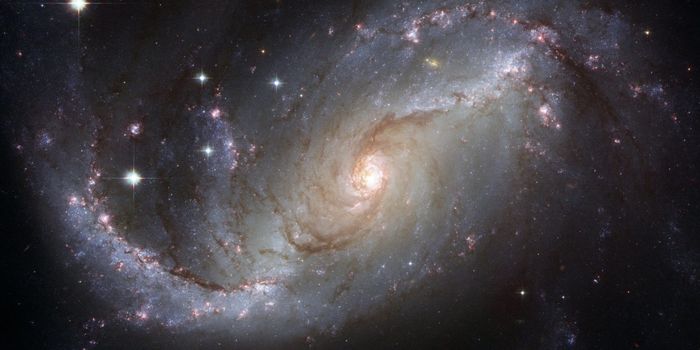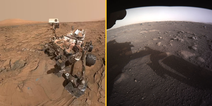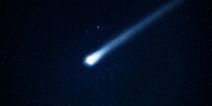We could discover a whole bunch of new worlds in the nearby system
A brand new planet has been discovered by scientists – but it’s unlikely to be habitable, since a whole year there only lasts five days on Earth.
The new world is the third to be found in our closest neighbouring planetary system. It is one of the lightest planets discovered outside of our own solar system, The Independent reports, measuring just a quarter of the mass of planet Earth.
Back in 2016, the first of these planets, called Proxima b, caused serious excitement when it was found. Proxima b was not only super close but also possible to live on, with a suitable temperature for liquid water and a rocky surface.
Sadly, this new planet isn’t quite as habitable. Orbiting between the star and the habitable area, it’s too close to have liquid water. Not only that – but a whole year there only lasts five days on our planet.
Excitingly, we could see even more planets discovered in this system, according to researchers.
Today we have a big announcement! After a lot of effort, we proudly present you Proxima d, a sub-Earth orbiting our beloved neighbour Proxima! In an article by Joao Faria @astroaware pic.twitter.com/jOpZUG6MxP
— ESPRESSO Science Team (@espresso_astro) February 10, 2022
João Faria, a researcher at the Instituto de Astrofísica e Ciências do Espaço, Portugal, said: “The discovery shows that our closest stellar neighbour seems to be packed with interesting new worlds, within reach of further study and future exploration.”
Researchers worked out the size of the newly-discovered planet using the radial velocity technique. This watches for the small movements in stars caused by the gravity of the planets – using that to work out their mass.
The new planet is the smallest planet to have been measured using this technique. Scientists using the Espresso instrument on the Very Large Telescope watched as the planet moved the star only a tiny amount: pulling it back and forth at about 40 centimetres per hour.
Pedro Figueira, Espresso instrument scientist at ESO in Chile, said the achievement is “extremely important”.
He said: “It shows that the radial velocity technique has the potential to unveil a population of light planets, like our own, that are expected to be the most abundant in our galaxy and that can potentially host life as we know it.”
- International Space Station will hurtle to Earth in 2031
- Flat Earther’s experiment to prove Earth is flat accidentally proves it’s round
- Scientists spot mystery object in space ‘unlike anything ever seen’ – and it’s sending signals to us
RELATED ARTICLES
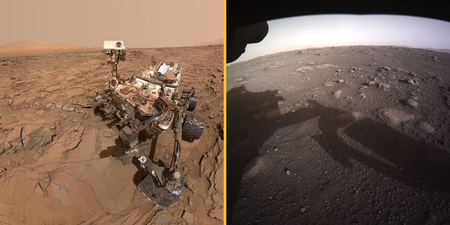
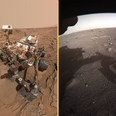
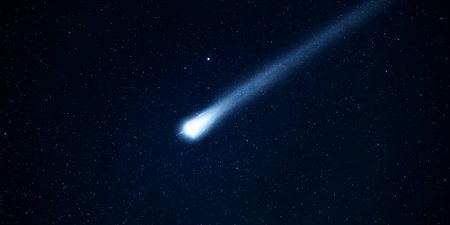
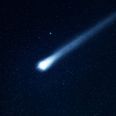
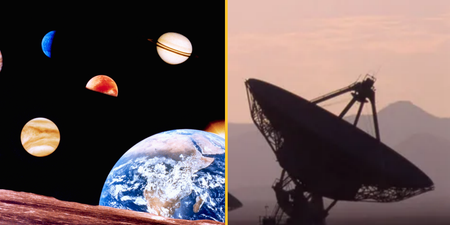
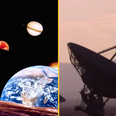
MORE FROM JOE
























MORE FROM JOE












